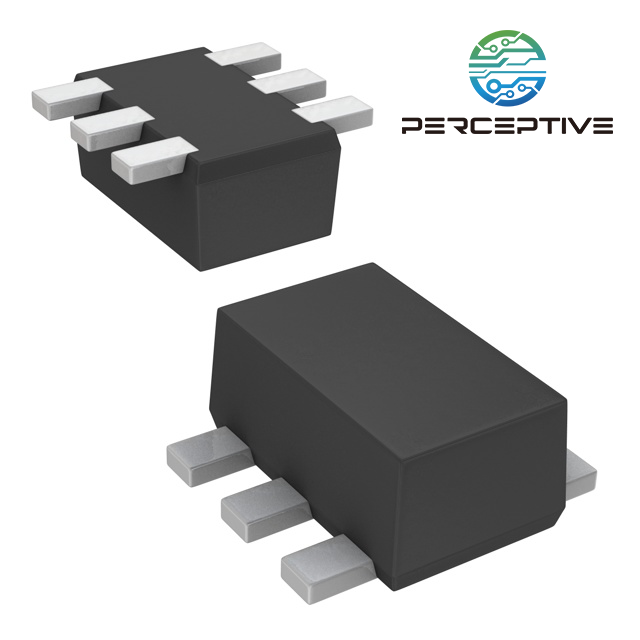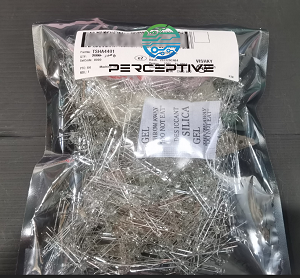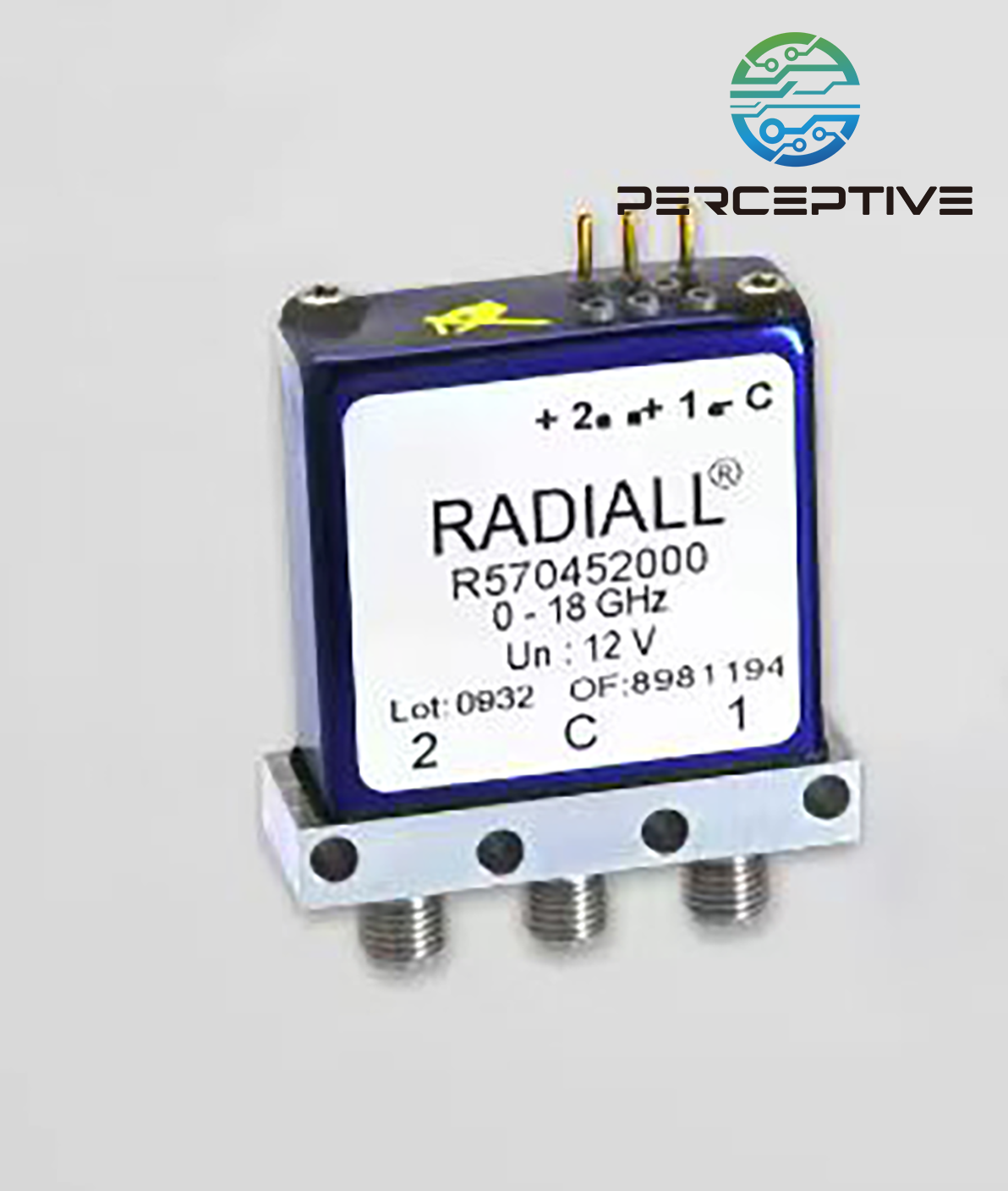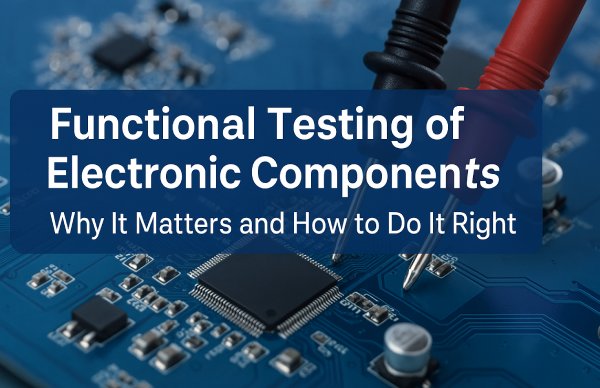In recent years, the global semiconductor industry has faced unprecedented challenges, with a significant shortage of chips affecting industries worldwide. From consumer electronics to automotive manufacturing, this shortage has disrupted supply chains and delayed production. For those in the electronic components industry, understanding the causes behind this shortage is crucial to navigating these turbulent times.

1. Supply Chain Disruptions
The COVID-19 pandemic significantly impacted global supply chains, halting manufacturing operations and disrupting logistics networks. Factory closures, shipping delays, and reduced workforce availability all contributed to a slowdown in chip production and delivery.
In addition to the pandemic, natural disasters such as earthquakes in Japan and droughts in Taiwan, a key hub for semiconductor manufacturing, further strained the production of chips. These events exposed the fragility of global supply chains, especially for critical components like semiconductors.
2. Surging Demand for Electronics
The pandemic also led to a surge in demand for consumer electronics. Remote work, online education, and digital entertainment drove unprecedented growth in sales of laptops, tablets, gaming consoles, and other devices. This spike in demand outpaced the supply of chips, creating a bottleneck for manufacturers.
The automotive sector, a significant consumer of semiconductors, also experienced challenges. While automakers initially reduced orders during the pandemic, the rapid recovery of the market led to an urgent need for chips, exacerbating the shortage.
3. Limited Production Capacity
Semiconductor manufacturing is an intricate process that requires advanced technology, significant investment, and a long lead time. Expanding production capacity in response to sudden demand spikes is challenging. Leading chip manufacturers, including TSMC and Samsung, operate at near-full capacity, leaving little room for flexibility.
Additionally, the transition to advanced manufacturing nodes (such as 5nm and 7nm technologies) requires cutting-edge equipment and expertise, which limits the number of manufacturers capable of producing these chips.
4. Geopolitical Tensions
Geopolitical factors have also played a role in the chip shortage. Trade restrictions, particularly between the United States and China, have disrupted the supply of critical semiconductor components and materials. These tensions have forced companies to reassess and, in some cases, reconfigure their supply chains, further complicating procurement.
5. Obsolete and Niche Component Challenges
As technology advances, some become obsolete components However, industries like aerospace and defense often rely on legacy systems that require these parts. The lack of availability of such obsolete components further complicates sourcing for specialized applications.
6. Overreliance on Key Suppliers
The semiconductor industry is highly consolidated, with a few major players dominating the market. This concentration increases the vulnerability of supply chains to disruptions. For example, Taiwan produces over 60% of the world’s semiconductors, and any disruption in this region can ripple across industries globally.
Adapting to the Challenge: Solutions for Distributors
For electronic components distributors, addressing the chip shortage requires strategic planning and collaboration:
Diversified Supply Chain: Working with multiple suppliers, including authorized distributors, spot market vendors, and obsolete part specialists, can reduce risks.
Proactive Procurement: Anticipating demand and securing inventory ahead of time ensures a steady supply of critical components.
Strong Partnerships: Building robust relationships with manufacturers and suppliers ensures priority access during shortages.
Advanced Technologies: Leveraging AI and big data analytics can optimize inventory management and forecast demand trends effectively.
At Perceptive, we remain committed to supporting our partners with reliable, high-quality electronic components, ensuring continuity and success in your production processes. Contact us today to learn more about how we can help you overcome supply chain challenges.
To learn more about Perceptive, visit other electronic parts product categories on our official website.

Integrated Circuits



























